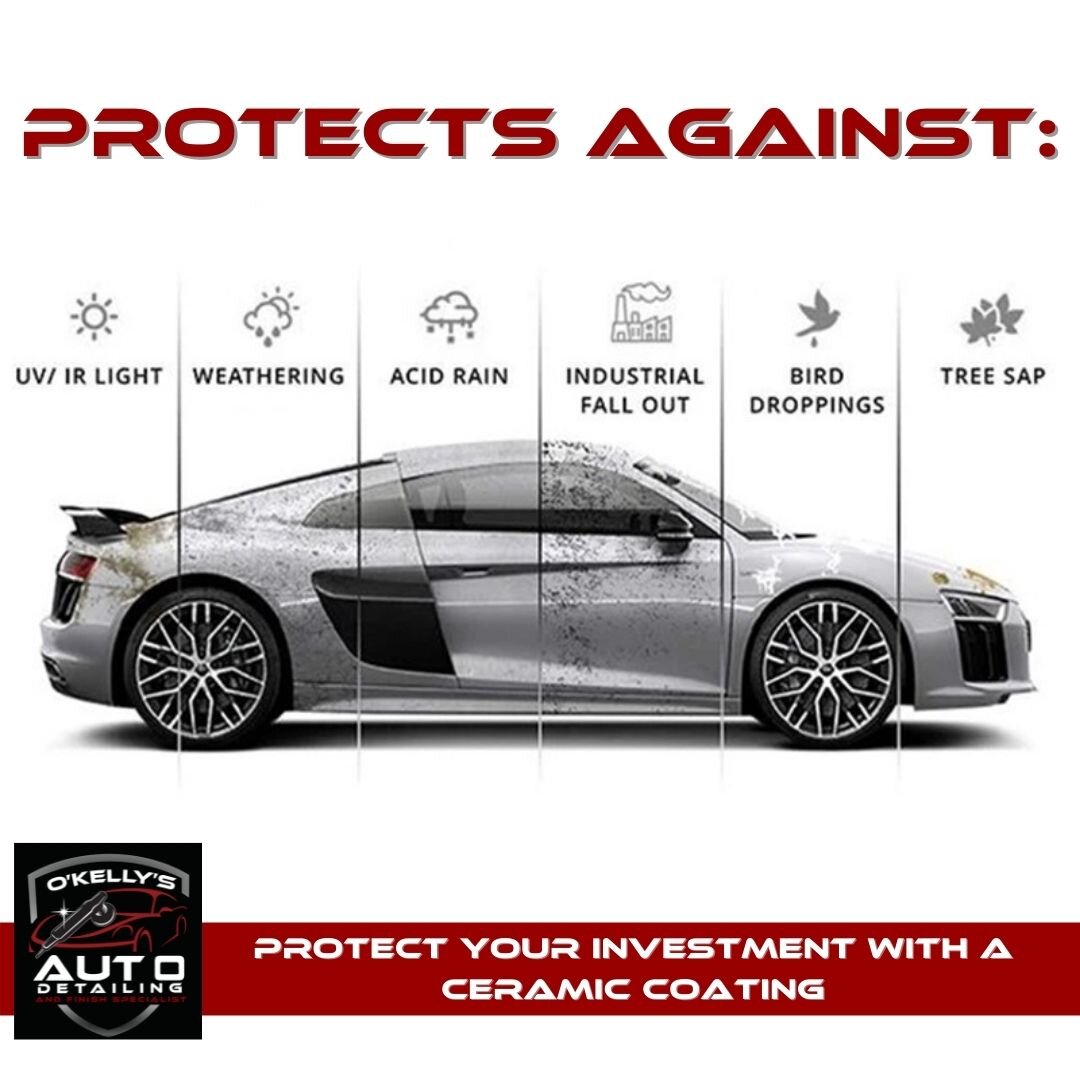Check Out the Various Sorts Of Ceramic Finish for Cars Readily Available on the Market
In the world of automobile care, ceramic coatings have actually emerged as a popular selection for car protection. The market offers 2 main kinds: polymer-based nano finishes and quartz coatings. Each offers unique benefits, from cost-effectiveness to sturdiness, however the selection eventually hinges on personal choice and vehicle requirements. Allow's start a comprehensive exploration of these alternatives to outfit you with the understanding to make an informed choice.

Recognizing the Basics of Ceramic Layer for Automobiles
Although frequently ignored, ceramic finish plays a considerable duty in preserving the visual charm and longevity of an auto. The layer chemically bonds with the automobile's paint, producing a protective layer.
Ceramic covering uses countless benefits. It assists keep the cars and truck cleaner as it pushes back water and dust, reducing the frequency of car washes. It enhances the cars and truck's look by supplying a glossy surface. It also safeguards against UV rays, oxidation, and corrosion, preserving the automobile's paintwork.
It likewise requires appropriate prep work and application for ideal results. Recognizing the fundamentals of ceramic layer is crucial prior to making a decision to invest in it (ceramic coating for cars).
Various Types of Ceramic Finish: Breakdown and Comparison
While there may be an usual assumption that all ceramic finishings are the exact same, the fact is rather different. Largely, there are 2 sorts of ceramic coatings: Polymer-based (or Nano) and Quartz (or Glass)
Polymer-based layers, additionally described as Nano coverings, are comprised of tiny bits that create a very dense, thick skin on the cars and truck's surface. They provide exceptional defense versus UV rays, scrapes, and chemical spots. They have a much shorter life expectancy, generally in between 2-5 years.
On the various other hand, Quartz coverings, additionally known as Glass finishes, are made up of Silica Dioxide (SiO2) They supply a tougher and thicker layer of defense than Polymer-based finishes, making them extra resistant to problems and scratches.
Basically, the choice between these 2 depends on personal requirements and budget.
Picking the Right Ceramic Finish for Your Automobile
Offered the diversity in kinds go now of ceramic layers, picking the right one for your car can appear daunting. The selection process can be streamlined by taking into consideration a couple of crucial aspects.

Second of all, the car owner need like it to take into consideration the automobile's make and design, as some finishes are better matched for sure auto materials than others. - ceramic coating for cars
Finally, cost is an important variable. While ceramic finishings are typically extra pricey than conventional wax, the rate variety amongst different ceramic coatings is huge. Stabilizing these factors will certainly help in selecting the appropriate ceramic finishing for any type of car.
Conclusion

To conclude, the choice between polymer-based and quartz ceramic coatings for cars and trucks boils down to private requirements and budget. Polymer-based choices supply an economical solution with sensible longevity, while quartz coverings supply remarkable longevity and durability at a greater price. By understanding the properties of each type, customers can make an enlightened choice that best suits their car's protection demands and their monetary factors to consider.
The market offers 2 main types: polymer-based nano layers and quartz coatings.Polymer-based coverings, likewise referred to as Nano finishes, are made up of little fragments that develop an extremely thick, tough covering on the cars and truck's surface.On the other hand, Quartz finishes, additionally recognized as Glass coatings, are made up of Silica Dioxide (SiO2) If the car owner worths look, a high-gloss ceramic layer could be the recommended choice as it improves the cars and truck's sparkle and shade deepness.
While ceramic layers are usually extra costly than standard wax, the cost variety among different ceramic finishes is substantial.